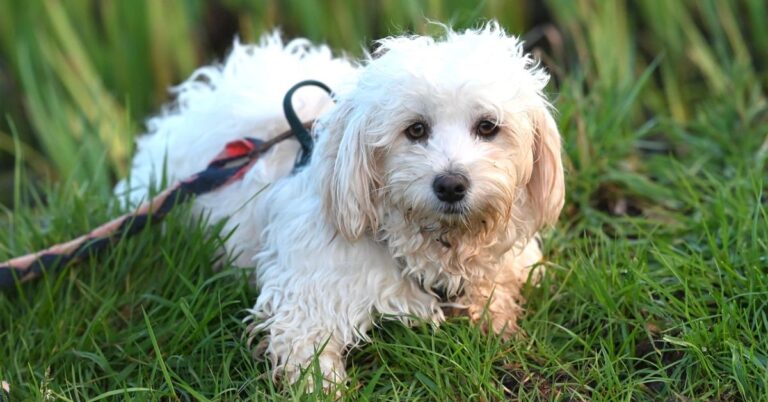20 Dog Breeds That Keep Ending Up In Shelters
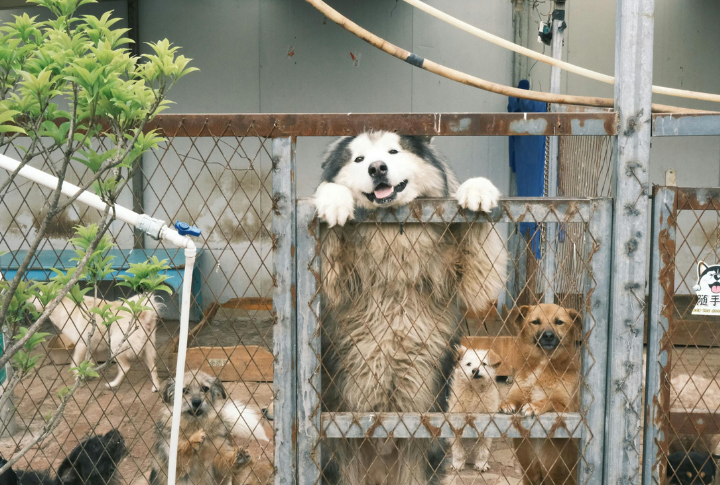
Shelters nationwide see the same heartbreaking pattern; certain breeds are surrendered more frequently than others. For several reasons, these dogs often struggle to find lasting homes. Understanding why can help prevent unnecessary returns and ensure a better future for these deserving companions.
American Bulldog
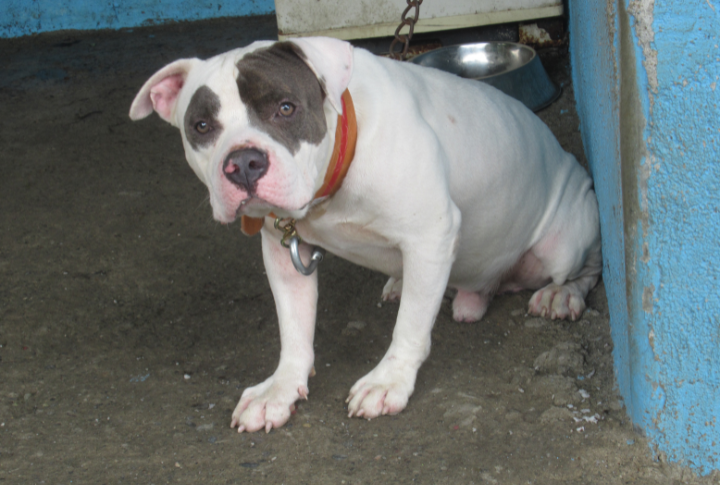
American Bulldogs are muscular and bursting with energy, but they need consistent training from an early age. Without proper guidance, their strong-willed nature can lead to unruly behavior. Moreover, their high activity level requires an engaged owner, and owners who can’t provide proper exercise routines and structure often leave them back at shelters.
American Pit Bull Terrier
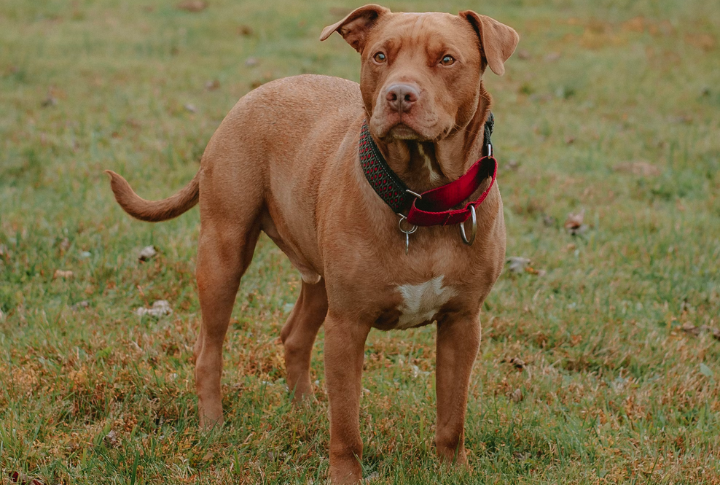
Pit Bulls face unfair labels due to breed restrictions and misconceptions, often leading to high shelter intake rates. Despite this, they are affectionate, loyal, and thrive with responsible ownership. Proper training and care allow them to be loving and well-adjusted family pets.
Golden Retriever

Despite their popularity, some Golden Retrievers are surrendered to shelters. Health problems caused by overbreeding and their high exercise needs can overwhelm owners. However, in an active and loving home, they thrive as affectionate, loyal companions who bring endless joy.
Chihuahua

Tiny but full of personality, Chihuahuas require more attention than many expect. Their small size doesn’t mean they need less care because, without proper training and socialization, they quickly develop fear-based aggression. As a result, many shelters see them returned for excessive barking or not being as laid-back as owners had hoped.
German Shepherd
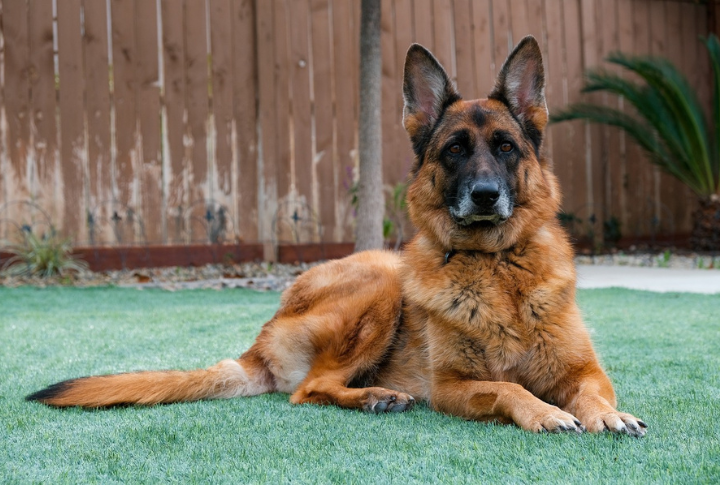
Highly intelligent and fiercely loyal, German Shepherds thrive when given proper training and a sense of purpose. However, many adopters underestimate their need for structure and consistent guidance. Without training and mental stimulation, they quickly develop behavioral issues, increasing their chances of getting returned to shelters.
Beagle

Too often, Beagles are left in shelters for being labeled “stubborn” when, in reality, they need consistent training and engagement. Born to follow their nose, they are expert escape artists, chasing scents for miles. Their independence and signature howling can be challenging for inexperienced owners, but they become affectionate companions with proper guidance.
Dachshund

Many owners struggle with Dachshunds’ excessive barking and digging tendencies, often underestimating their bold personalities. Although small, Dachshunds have a strong prey drive and require training to stay well-behaved. Additionally, their long-backed structure makes them prone to spinal issues, which can lead to unexpected medical costs and, unfortunately, higher shelter return rates.
Cocker Spaniel

A Cocker Spaniel’s luxurious coat requires constant grooming, yet many adopters overlook this essential responsibility. Without regular maintenance, their fur becomes painfully matted, leading to discomfort and potential health issues. Besides, behavioral challenges like resource guarding and separation anxiety often result in high return rates.
Rottweiler
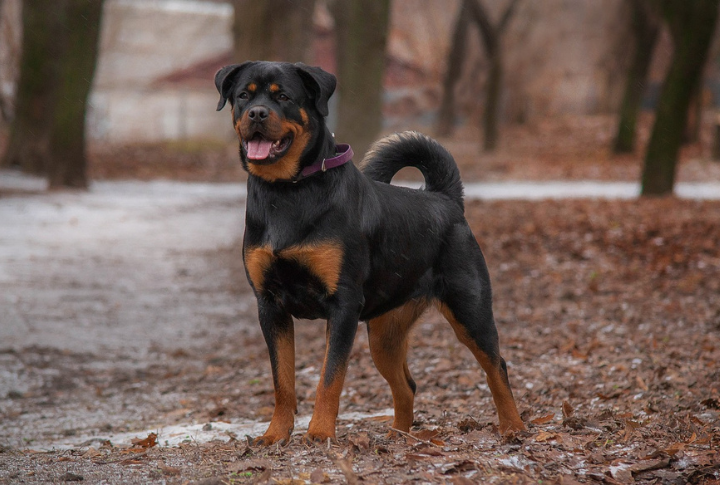
Due to their imposing build, Rottweilers often face breed discrimination, especially in rental housing. Moreover, strong protective instincts demand experienced leadership, and when owners struggle to provide structure, territorial tendencies may develop, making rehoming more likely.
Jack Russell Terrier

These tiny powerhouses of energy and intelligence are always looking for their next adventure. Many adopters underestimate how much action they crave, leading to chaotic antics. Give them a job, and they’ll shine—ignore their needs and expect digging and barking. Only the most active households can keep up with their unstoppable enthusiasm.
Border Collie

Few breeds match the intelligence and energy of a Border Collie. Designed for herding, they need a job to stay content. Many owners underestimate their demands, and without enough activity, these dogs may develop compulsive habits like excessive barking or pacing.
Boxer

Without proper training, Boxers may struggle with commands and develop destructive habits. Their strength and enthusiasm can also overwhelm first-time owners who are unprepared for their energy levels. In active households that provide structure and engagement, they flourish as affectionate and loyal companions.
Australian Shepherd
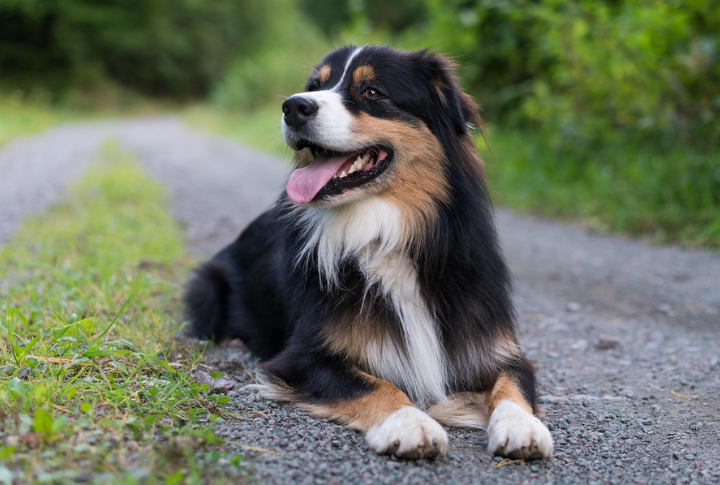
Endless energy defines the Australian Shepherd, a breed built for all-day work. Their need for physical and mental challenges makes them thrive in agility and advanced obedience training. Owners who provide structure and engagement will have a devoted, hardworking companion, and those who don’t may be overwhelmed by their unstoppable drive.
Shih Tzu
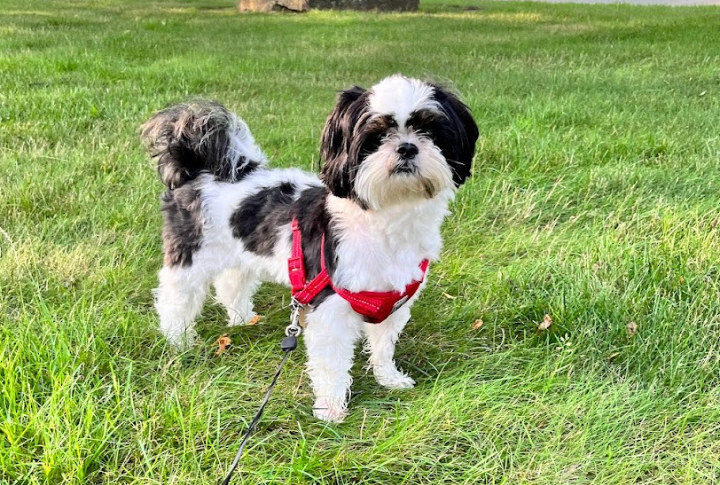
Many Shih Tzus end up in shelters due to behavioral issues rooted in separation anxiety. They may develop excessive barking or destructive habits without proper socialization and training. Their long, flowing coats also require consistent grooming, as painful matting can lead to discomfort and costly veterinary care.
Basset Hound

Frequent health issues like ear infections make Basset Hounds a common breed in shelters. Their strong scent-driven instincts add to the challenge, as they are notorious for ignoring commands once they catch an interesting smell. Despite their stubborn streak, they make excellent companions for owners who understand their unique needs.
Maltese

When surrendered, this breed often experiences significant emotional distress, and as a result, rehabilitation and rehoming are especially difficult for shelters. Maltese dogs form deep bonds with their humans, but extreme attachment often leads to separation anxiety. Left alone for too long, they may resort to destructive behavior or stress-induced health issues.
Akita

This breed might not be the best choice for a first-time owner. Confident and dignified, Akitas has strong protective instincts and an independent streak that makes training a challenge. Without proper socialization and leadership, they may become territorial and difficult to manage, leading some owners to surrender them.
Siberian Husky
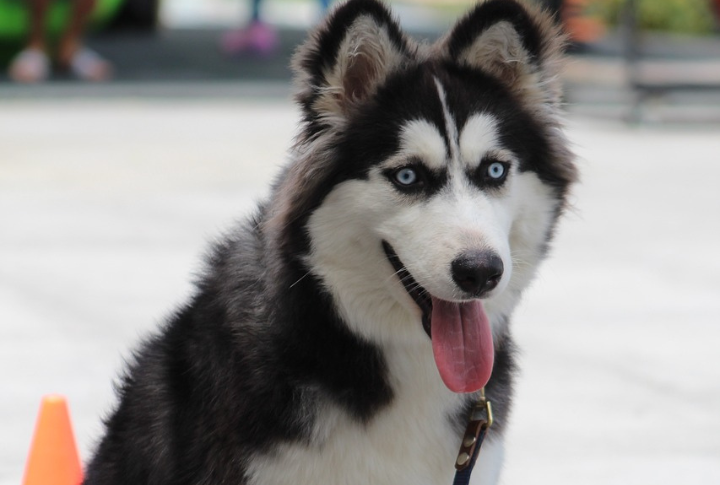
With their striking blue eyes and wild, wolf-like charm, Huskies turn heads everywhere. But behind that beauty is a high-energy escape artist with a stubborn streak a mile wide. Bred to run, they get restless fast, leading to howling and epic fence-jumping attempts. Their strong prey drive and love for adventure make them a challenge for inexperienced owners.
French Bulldog
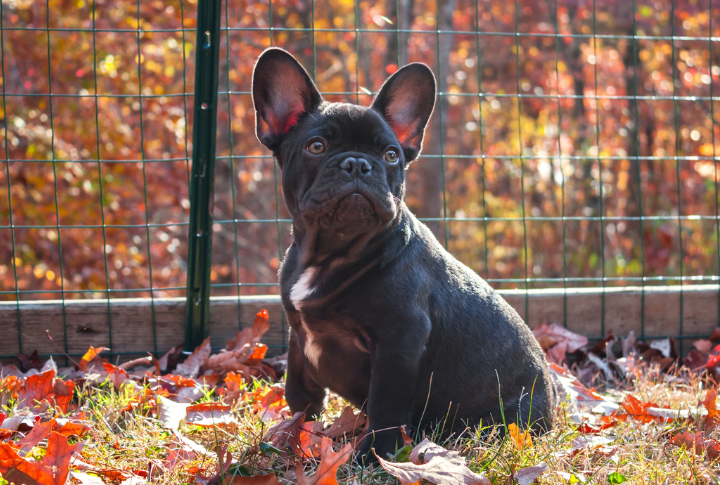
Medical bills are a significant reason French Bulldogs are frequently returned to shelters. Due to breeding-related health issues, such as brachycephalic syndrome, they often require costly veterinary care. However, their popularity leads to impulse purchases, and many owners later struggle with the breed’s ongoing financial demands.
Labrador Retriever
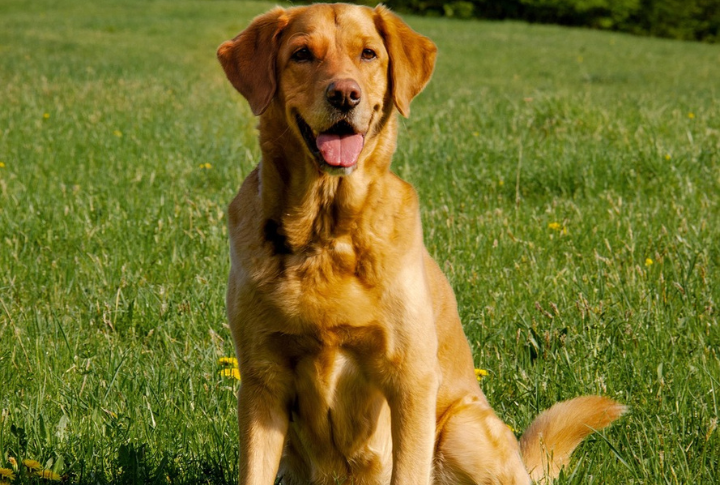
Labs are loyal, playful, and full of energy, but their enthusiasm can be overwhelming for unprepared owners. Frustration from chewing or jumping often leads to surrender, yet these intelligent dogs thrive in active homes where they receive the structure and training they deserve.

